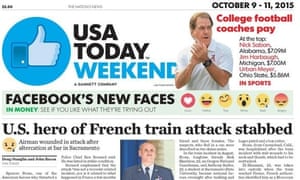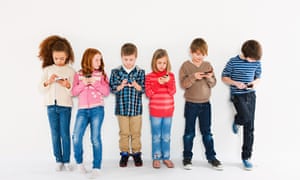Galtung and Ruge (1981) defined a set of news values to explain how journalists and editors decided that certain stories and photographs were accepted as newsworthy, while others were not.
The following list is adapted from their work:
Immediacy: has it happened recently?
Familiarity: is it culturally close to us in Britain?
Amplitude: is it a big event or one which involves large numbers of people?Frequency: does the event happen fairly regularly?
Unambiguity: is it clear and definite?
Predictability: did we expect it to happen?
Surprise: is it a rare or unexpected event?
Continuity: has this story already been defined as news?
Elite nations and people: which country has the event happened in? Does the story concern well-known people? Negativity: is it bad news?
Immediacy is more important because news is more breaking on sites like twitter than anywhere else. If it happens recently there is likely to a conversation and global talking point on social media and other online websites. Immediacy has become much more important as we are more likely to see more opinions and comments of the story now than before.
Familiarity has changed because news that is close to us is more important. We want to know what is going on around us in our country and if it is culturally close to us then we are likely to want to know more about it.
Amplitude has also become much more important because news that involves larger groups of people are likely to be more reported. It seems like a bigger impact because theres a larger group of people. NDM means that more people are likely to be involved with a big event or one that involves large numbers of people. This includes social media and networking sites.
Frequency has changed throughout the years. More frequent events are talked about in the news. If it relates to someone specific who is powerful then it is likely to be frequently on the news or on any NDM.
Unambiguity has been changed by NDM because newspaper articles are much more clear with videos and other stories, they use much more information in videos. If information on a news cooperation website doesn't make sense, someone's comments and other editing options are allowed to change it.
Predictability has been changed by NDM because news stories a lot more predictable as they tend to post similar stories to the past. It is predictable that Google will take over advertising as they are such a huge institution however it is much easier to piece parts of this story together using different news providers than it would be by using a physical newspaper.
Surprise is it a rare or unexpected event?Most of the information that we get can be a surprise but if we already know about it or heard about it then it wouldn't be. Sometimes news stories continue so that they make a story.
Continuity: has this story already been defined as news?Most stories do carry on as they need to make sure that the story gets heard. They would normally have stories that are matching with it and connect with it, so that it builds up.Most stories would be shown on TV, websites, youtube etc so that people can access it everywhere.
Elite nations and people: which country has the event happened in? Does the story concern well-known people? Having this lets everyone access any story they want to. In the UK we get stories about america, Europe etc. We get informed of the stories that happen in other parts of the country that let us know what's happening. Having this is good as we get know what happening and how it could effect us if it does.
Negativity: is it bad news?Most stories show bad news and you get to hear about it. Most stories than show different versions of it and you get to know it.
Balance: the story may be selected to balance other news, such as a human survival story to balance a number of stories concerning death.
There will always be a balance of the stories as they show the most bad ones first then mainly dies it down and show the good ones last. This is to give a balance of the different stories as not all stories can be depressing and sad, they have to have something that changes the topic completely.
How has new and digital media technology changed Galtung and Ruge’s news values?
In my opinion, i think that new and digital media hasn't changed Galtung and Ruge's values as in most news stories, we see immediacy, familiarity, amplitude, frequencey, unambiguity, predictability, surprise, continuity, elite nations and people, negativity and balance.









